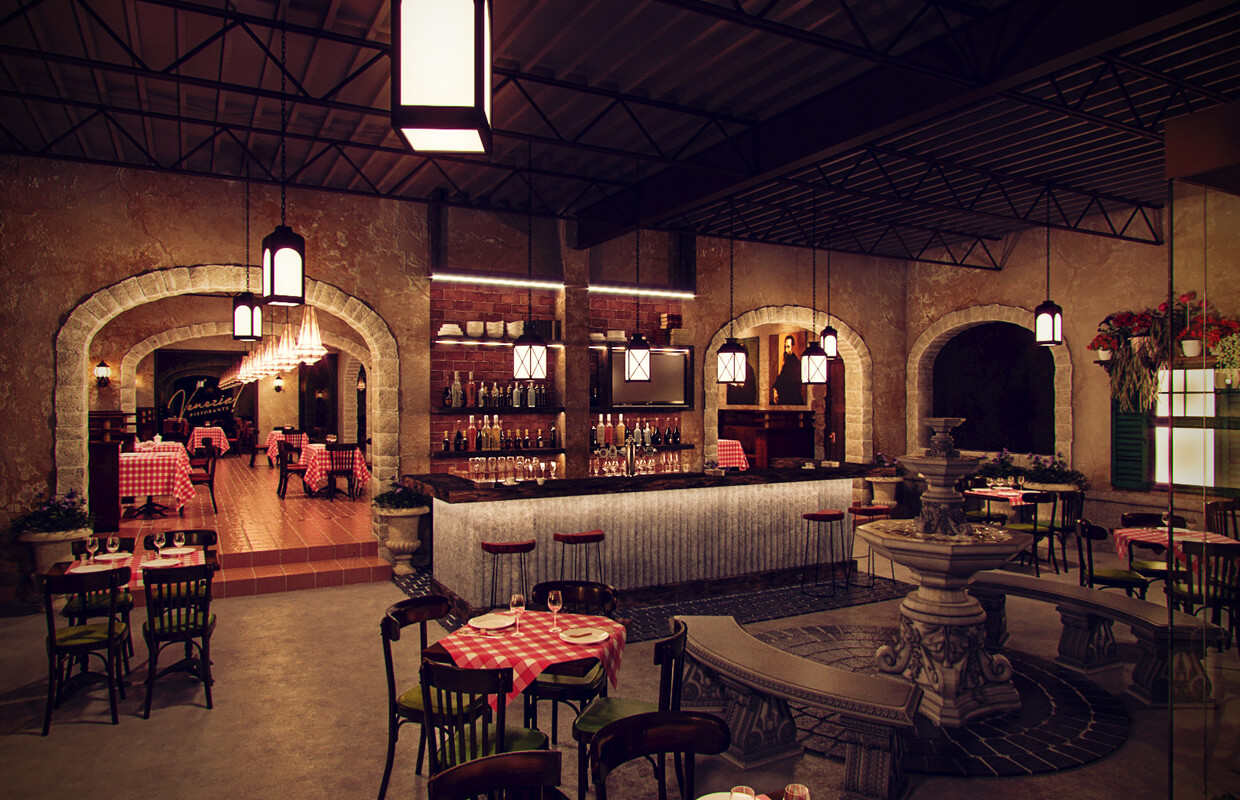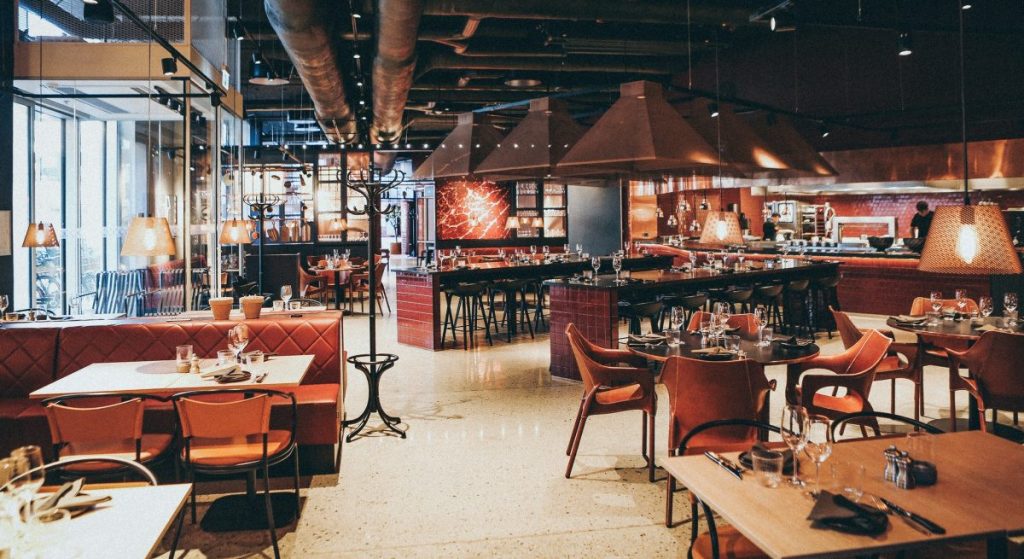Abstract Fire sprinkler system design California is one of the most significant requirements that ensure the safety and protection of

The world has been shaken to its core, and we as a people have awoken to a stark reality that has little in common with our collective past. One industry that has to bleed the most during the pandemic is restaurants. Six years of year-on-year growth was wiped out, $240 Billion were lost, and 1.5 Million people were rendered jobless by the end of 2020. To say that the restaurant industry was decimated, would be an understatement. Ergo, in the post-COVID-19 world, restaurant design will have to evolve by radically rethinking its approach to consumers & technology. Areas of focus when talking about the evolution of restaurant design are MEP Design along with HVAC Design for Restaurant due to the very nature of the pandemic. Now we look at how both have to become more efficient & effective so that a flagging industry might not only survive, but thrive!
The way COVID-19 spread across our population unabated tells you a lot about our society. The number and duration of individual interactions people have are directly proportional to the spread of contagious diseases like COVID-19. Therefore, a place that is socially active where individuals are expected to interact with each other while closed in a small environment is ripe for the spread of a contagious disease. Now it becomes clear how and why restaurants are the most vulnerable to such contagions.
Here is a breakdown of the risk assessment of the individual mechanical design for a restaurant;

HVAC systems can conceivably spread infectious diseases across rooms when high-speed air flows-streams past an infected individual to other people, something that has happened with the Severe Acute Respiratory Syndrome epidemic in 2004 and with the COVID-19 pandemic in 2020. A couple of control-setting changes, redesigns, and upgrades may help decline the danger of spread HVAC systems. Restaurant owners should take steps to modify their HVAC design for restaurants to increase consumer confidence within premises.
One step that experts could take includes designing ducted HVAC frameworks to expand the rate of exchange with new natural-fresh air from outside the structure to decrease air recirculation. Changing the settings may likewise help. Rather than closing down for the time being or at the end of the week, for example, the HVAC framework could run without interference to build the substitution of air and limit wind current rates.
In structures with old or outdated systems & frameworks, professionals should seriously mull over overhauling Heating, Ventilation, and Air Conditioning (HVAC) system Design for the Restaurant hardware equipment.
Various technologies can purify the air. Filtration is the most well-known and commonly the best technique for HVAC frameworks. Other commonly employed technologies, including irradiation and thermal sterilization, inactivate biological particles in the air without removing them. Ergo, a good HVAC design for restaurants can likewise fuse ionic purifiers, ozone generators, and different systems for purifying the air.
The mechanical filters in HVAC systems have tangled fibers that snare particles too huge to fit through the openings. Mechanical filters have a multitude of ratings, because of the level of particles they eliminate, with the highest rated filters being used in surgical ORs.
High-Efficiency Particulate Air (HEPA) filters are best at eliminating little particles from the air. Minimum Efficiency Reporting Value (MERV) filters that are evaluated as per their capacity to filter through big particles (from 0.3 to 10.0 microns in size). MERV filters with a rating of 17 or higher are equivalent to HEPA filters and might be alluded to by that term. For example AC units in many homes, business buildings generally have filters that are evaluated MERV 12 or lower.
As the COVID-19 pandemic comes to an end, the world looks drastically different from what it was last year. The hospitality industry has evolved the most through the course of the pandemic to safeguard its survival. Indoor dining will be limited and dining halls will be smaller to accommodate the reduced dine-in numbers. Restaurants will become more technology-centric to cater to the need for online deliveries. Along with the fact that an increase in contactless designs to minimize people-to-people physical contact. Essentially drive-throughs, walk-up windows, contactless deliveries will become the norm.
The pandemic has taught businesses a lot of things. One of those fundamental lessons is that staying ahead of the curve when it comes to technology can be very beneficial in the long term. But as they say, every crisis is an opportunity to do something great, hence restaurant owners should do the same as well. Reimagine your training process, develop robust growth strategies, employ new technologies, and above all offer value to your customers.
About Author
InnoDez